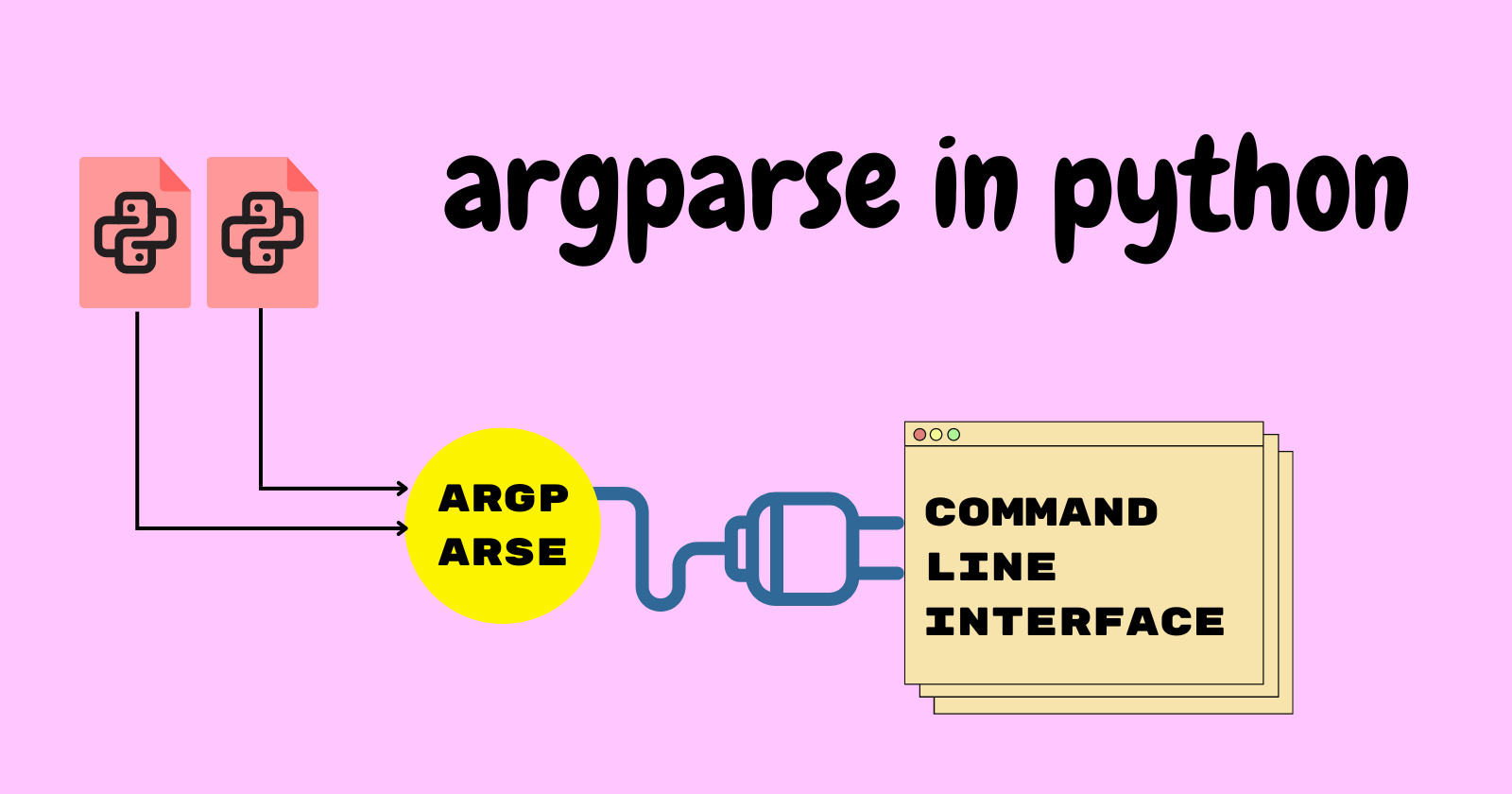In the program output, we can represent Python strings in two ways. Python supports both informal and formal string representations. When we run the Python program to print the string, we get an informal representation of it in the output.
The __str__ method in Python is responsible for the informal representation of the object, which we can change to the formal representation by using the __repr__ method.
In this article, we’ll discuss these dunder methods named __str__ and __repr__ and how they are used for changing the representation of the string.
__str__() and __repr__() method
The __str__() method returns the object’s easily-readable or informal string representation. Python calls the __str__() method internally when we call functions like str() and print().
The __repr__() method, unlike the __str__() method, returns a more informative or formal string representation of the object. When the __str__() method for the class is not defined, the object calls the __repr__() method.
Overall, the __str__() method is meant for users, whereas the __repr__() method is meant for developers and can be more useful when debugging.
Default implementation
We can implement these methods within the Python class to see them in action. Let’s look at the following example.
|
1 2 3 4 5 6 7 8 9 10 11 12 13 |
# Python class is created class Product: def __init__(self, name, category): self.name = name self.category = category # Instantiated the class data = Product('Ford', 'Car') # Implemented the __str__() method print(data.__str__()) print(data.__repr__()) print(data) |
We created the Product class and defined the __init__ function that takes name and category. Then we instantiated the class Product with the necessary arguments.
Then we implemented the __str__() and __repr__() methods to the object of the class Product.
|
1 2 3 |
<__main__.Product object at 0x000002157F10C370> <__main__.Product object at 0x000002157F10C370> <__main__.Product object at 0x000002157F10C370> |
When we ran the above code, we got the object’s location in the processor’s memory as a hexadecimal number.
This happened because we didn’t implement the __str__() and __repr__() methods within our class Product. Thus, calling the __str__() method calls the default __repr__() method and shows the same output.
Custom __str__() method
In the following code, we implemented the custom __str__() method that returns a string with some information and then we executed the code to see what would be the output.
|
1 2 3 4 5 6 7 8 9 10 11 12 13 14 15 16 17 |
# Python class is created class Product: def __init__(self, name, category): self.name = name self.category = category # Creating __str__() function def __str__(self): return f'The {self.name} belongs to category {self.category}.' # Instantiated the class data = Product('Ford', 'Car') # Implemented the __str__() method print(data.__str__()) print(data.__repr__()) print(data) |
Output
|
1 2 3 |
The Ford belongs to category Car. <__main__.Product object at 0x00000156D7E5C370> The Ford belongs to category Car. |
We got the string defined in the class’s __str__() method when we called the __str__() and print() methods on the object data, but not when we called the __repr__() method on the object data.
Only __repr__() method
What if we only implement the __repr__() method within the class Product?
We’ve added the __repr__() method to the Product class, which returns a string containing the product name and category.
|
1 2 3 4 5 6 7 8 9 10 11 12 13 14 15 16 17 18 19 20 |
# Python class is created class Product: def __init__(self, name, category): self.name = name self.category = category # Creating __repr__() function def __repr__(self): return f'Product: {self.name} - Category: {self.category}.' # Instantiated the class data = Product('Ford', 'Car') # Called the __str__() method print(data.__str__()) # Called the __repr__() method print(data.__repr__()) print(data) # Called the str() function print(str(data)) |
Output
|
1 2 3 4 |
Product: Ford - Category: Car. Product: Ford - Category: Car. Product: Ford - Category: Car. Product: Ford - Category: Car. |
As previously discussed, if __str__() is not defined for the class, the object will invoke the class’s __repr__() method. That’s why we got the string even though we called __str__(), print(), and str() on the object data.
Calling __str__() and __repr__() on built-in class
So far, we’ve used user-defined classes to implement the __str__() and __repr__() methods. Now we’ll look at how these methods are implemented in Python’s built-in classes.
We’ll see what happens when we call the __str__() and __repr__() methods on the Python built-in datetime module’s classes.
|
1 2 3 4 5 6 7 8 9 10 11 |
import datetime today = datetime.datetime.today() print(f'Normal: {today}') print('-'*20) print(f'__str__ method: {today.__str__()}') print(f'str() method: {str(today)}') print('-'*20) print(f'__repr__ method: {today.__repr__()}') print(f'repr() method: {repr(today)}') |
We used the __str__(), str(), __repr__(), and repr() methods on the variable today to print the current date and time.
Output
|
1 2 3 4 5 6 7 |
Normal: 2023-04-12 18:16:27.991308 -------------------- __str__ method: 2023-04-12 18:16:27.991308 str() method: 2023-04-12 18:16:27.991308 -------------------- __repr__ method: datetime.datetime(2023, 4, 12, 18, 16, 27, 991308) repr() method: datetime.datetime(2023, 4, 12, 18, 16, 27, 991308) |
The output shows that the __str__() and str() methods returned an informal or easily readable string representation, whereas the __repr__() and repr() methods returned a more informative or formal string representation.
The __str__() method is implemented by default in pre-defined or built-in Python classes, so we don’t need to define them explicitly.
Conclusion
The methods __str__() and __repr__() are used to represent objects in string format. The __str__() method returns a human-readable or informal string representation of the object, whereas the __repr__() method returns a more informative or formal string representation of the object.
The __str__() method is for users, whereas the __repr__() method is for developers because it is more useful when debugging.
For pre-defined or built-in Python classes, we don’t need to define the __str__() method explicitly because it is implemented by default, whereas for user-defined Python classes, we must define a custom __str__() method to get the string representation of the object; otherwise, it will return the object’s memory address.
The address of the object is returned by the default implementation of the __str__() and __repr__() functions on the object of the user-defined Python class. To return the string representation of the object, the custom __str__() and __repr__() methods must be defined within the class, and if __str__() is not defined, the object will call the __repr__() method.
🏆Other articles you might be interested in if you liked this one
✅How Python sort() and sorted() methods are different and how they are used?
✅How to move and locate the file pointer using seek() and tell() in Python?
✅All about Python’s ABC – What is it and how to use it?
✅Generate and manipulate the temporary files using tempfile in Python.
✅How to use the super() function in Python classes?
✅Get started with FastAPI – A detailed guide.
✅Display images on the frontend using FastAPI.
That’s all for now
Keep Coding✌✌





